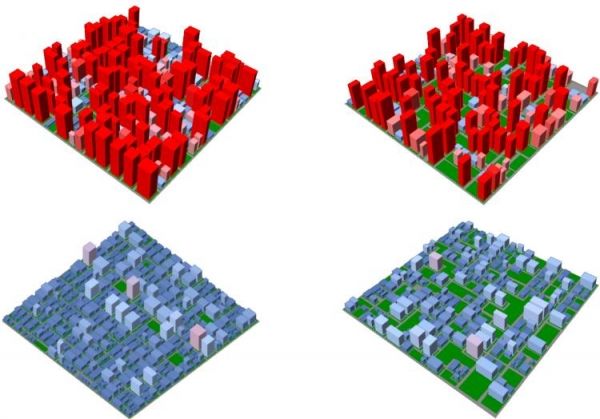Researchers at CU Boulder are part of a newly published study that finds that low-rise, high-density environments like those found in Paris are the optimal urban form when looking to reduce greenhouse gas emissions over their whole life cycle.
The work, recently published in npj Urban Sustainability, builds on a growing debate around the design of future urban environments and was done in partnership with Edinburgh Napier University. The built environment is a big contributor to carbon emissions, global energy demand, resource consumption and waste generation. In the U.S., it accounts for 39% of all greenhouse gases emissions, while in the European Union, it accounts for 50% of all extracted materials and 42% of the final energy consumption – making it a rich area for understanding and improvement related to climate change.
Jay Arehart, an author on the paper and instructor in the Department of Civil, Environmental and Architectural Engineering, said the work challenges current conventional understanding that tomorrow’s cities must be densely packed and stretch upwards to address and curb greenhouse gas emissions.
Continue reading at University of Colorado at Boulder
Image via University of Colorado at Boulder


